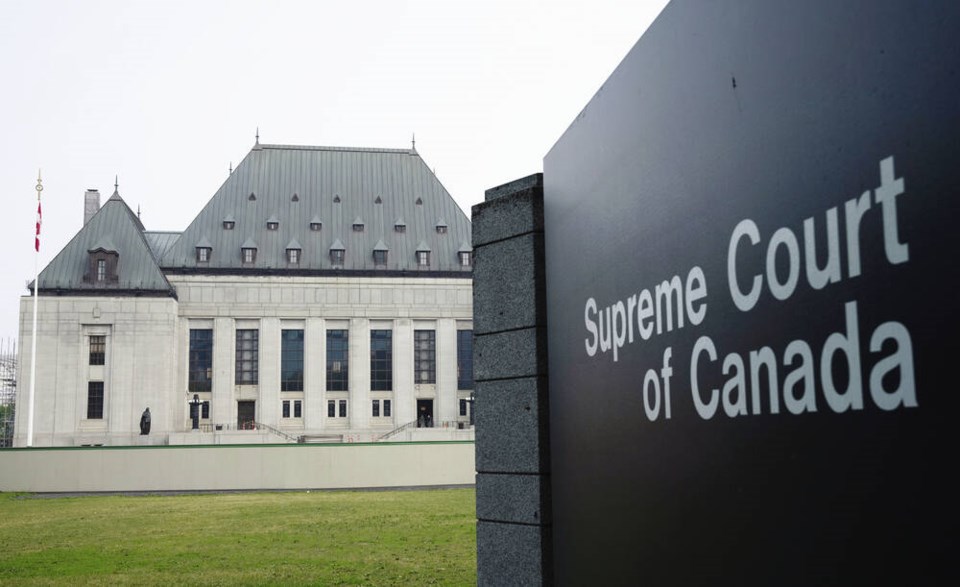In the early 1990s, the school district in which I was working hired a safety officer. He was the retired sergeant of the local RCMP detachment, an affable but meticulous man who was already familiar with the Occupational Health and Safety Regulations and legal requirements that must be met by all workplaces under the jurisdiction of WorkSafeBC.
He also became familiar with tort law, which defines duty of care for students and employees, meaning a duty to act in a way that avoids causing harm to others when such harm might reasonably have been foreseen.
Our newly employed safety officer kept himself up to date on all incidents and informed district and school-based staff of their liabilities for inadequate supervision of both staff and students.
Let’s begin with supervision of students. Back in 1978, school districts had been made aware of the consequences of inadequate student supervision after a serious student injury that occurred in a gym class, the legal implications of which had reached up as far as the Supreme Court of Canada.
While the student was attempting a somersault, he sustained a serious injury to his neck, fracturing the fourth cervical vertebrae, causing total or partial paralysis to each of his four limbs.
The court found the accident occurred as a result of negligence by school authorities in Prince George, who failed to exercise due care during physical education classes. The trial judge assessed damages of $1.5 million
There were at the time of the award, as you can imagine, numerous conferences and presentations that identified liability that could result from previously taken-for-granted student activities like unsupervised wheeling of a TV trolley from one classroom to the next.
Within a few months of joining the district, our district safety officer had identified a number of situations potentially hazardous to students and employees, including everything from inadequate shields on table saws to unsafe storage of chemicals in science-lab storage rooms.
He also spoke to the monthly meeting of the district’s school principals and quoted WorkSafeBC data showing injuries to teaching employees commonly occurred in teacher-versus-student lunchtime contests or when teachers, in the course of decorating their classrooms, used stepladders or even chairs that were unsafe to reach high areas.
What brought this all to mind is the report that, last summer, the Manitoba Department of Workplace Safety and Health added school divisions to its index of “high-risk industries” — a group with significantly higher-than-average employee injury rates.
Manitoba public schools were reprimanded for shoddy electrical work, missing first aid kits and allowing asbestos to become airborne, among unsafe conditions provincial investigators uncovered in 2022-23.
During that same period, provincial officers found more than 350 violations in dozens of facilities in 12 districts, according to a report obtained by the Winnipeg Free Press via freedom of information requests.
The most common infractions included insufficient personal protective equipment, an absence of tool and machine safeguards, and non-existent or incomplete workplace health and safety committees.
Here in B.C., a Ministry of Education policy statement entitled “Safe and Caring School Communities” includes the advice that all boards of education should have a district safe school co-ordinator who is responsible for district-wide safety initiatives, including overall monitoring of the online reporting site, etc. with the operative word being “should” not “must.”
The policy statement also advises that each board “should” (again not “must”) have a team in place that supports district-wide safety initiatives, and the district team should include at least one senior district official — superintendent, assistant superintendent, director of instruction or district principal and other district staff responsible for providing services and supports to students.
All a bit vague until we get to the penalties section of the Workers Compensation Act.
Administrative penalties are fines imposed on employers for health and safety violations of the Workers Compensation Act, the Occupational Health and Safety Regulation, and/or orders of WorkSafeBC, and for failure to take sufficient precautions to prevent workplace injuries or illnesses. Penalties are published as a deterrent and to highlight the importance of making workplaces safe.
All well and good, but many B.C. school districts still do not assign a specific and appropriately trained person to see that all this is in place and working in the best interests of staff and students.
Geoff Johnson is a former superintendent of schools.
>>> To comment on this article, write a letter to the editor: [email protected]


